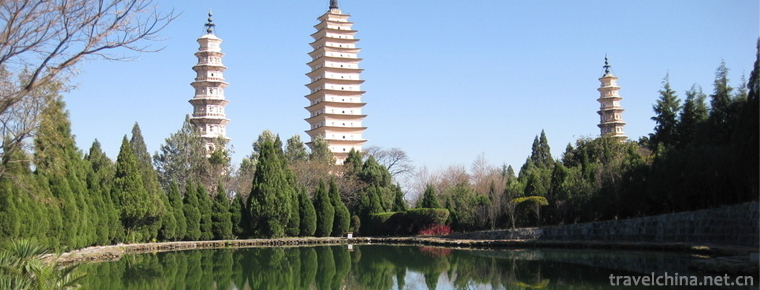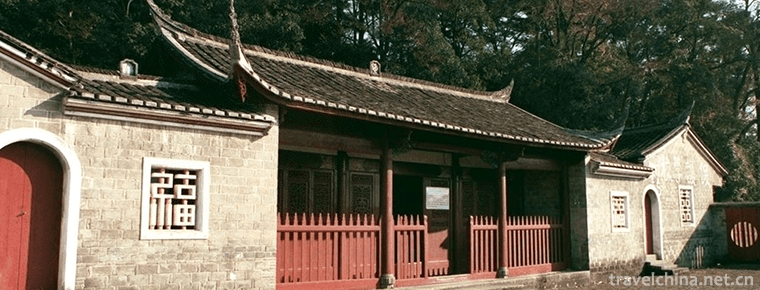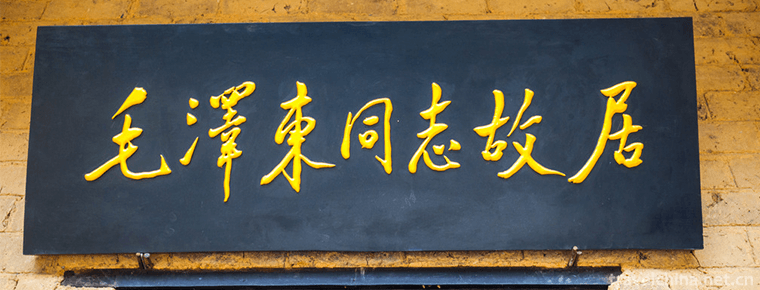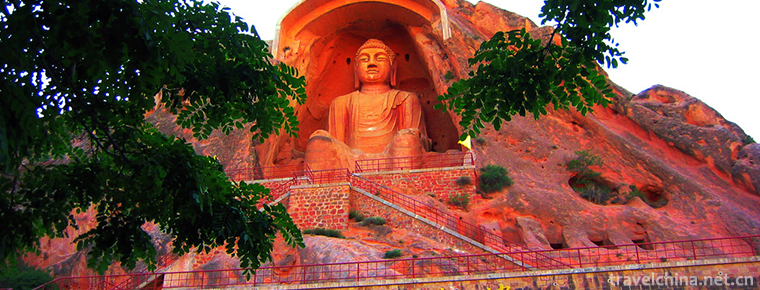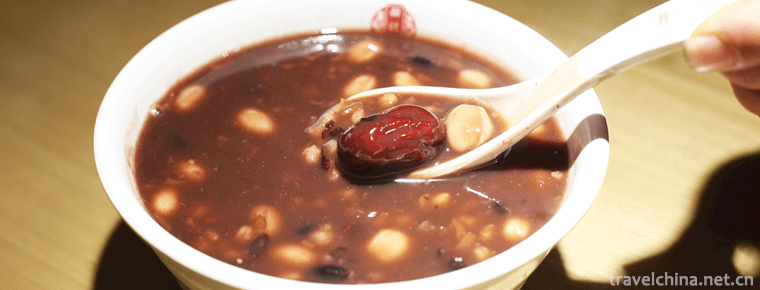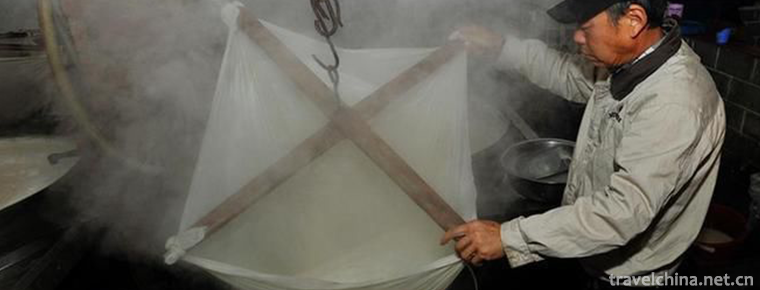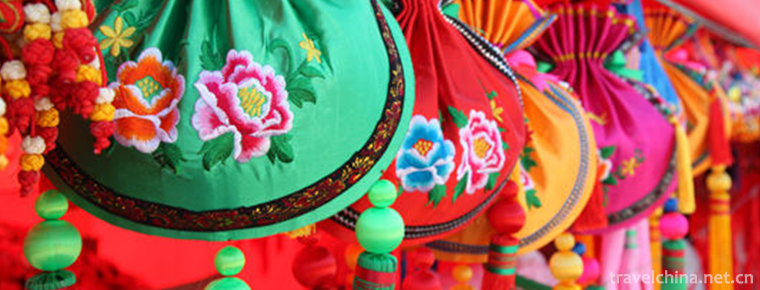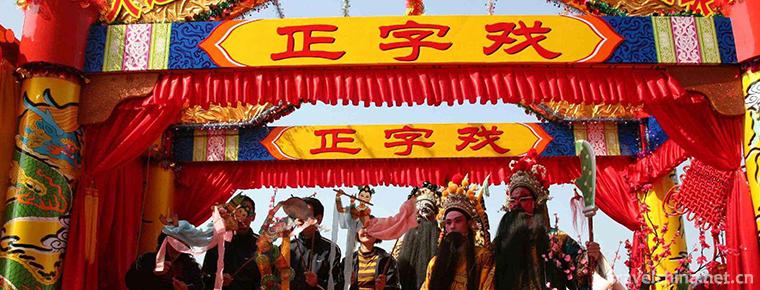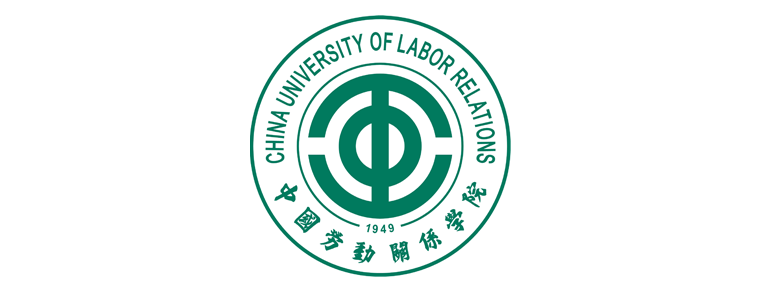Gengcun Folk Stories
Gengcun Folk Stories
Gengcun Folklore Gengcun Folklore, the traditional folk literature of Gaocheng City, Hebei Province, is one of the intangible cultural heritage at the national level.
Gengcun folk tales are of great academic value, involving sociology, ethics, history, religion, philosophy and literature. The aesthetic, values, scientific understanding, moral education and entertainment functions of Gengcun's stories have positive practical significance in building socialist spiritual civilization, enriching the cultural life of the people, improving the quality of the people and building a harmonious society.
On May 20, 2006, Gengcun folk tales were approved by the State Council to be included in the first batch of national intangible cultural heritage lists. Heritage serial number: I-14.
historical origin
Gengcun has always been a small town with convenient transportation, flourishing markets and businessmen from all over the world. There used to be a huge grave in the south of the village. According to legend, it was the tomb of Geng Zaichen, the righteous father of Zhu Yuanzhang, the ancestor of the Ming Dynasty. The original name of Geng Village was to see the graveyard, and then changed to Geng Village. Gengcun is located on the main road from Yangquan in Shanxi Province to Dezhou in Shandong Province. Since ancient times, it has been a prosperous place for commerce and trade. The market on the sixth day of the lunar calendar is very prosperous. Especially from the 1st to 4th day of April in the lunar calendar, the Geng Wang Temple Fair, set up to commemorate Geng Zaichen, gathers villagers and businessmen from all walks of life within a hundred miles, dances, drums, folk performances, and is very lively. In the 1940s, there were only 400 people in Gengcun, but there were more than 100 shops and workshops. There were countless temporary stalls during the Gengwang Temple Fair. Therefore, Gengcun also has the reputation of "small village collections" and "one Beijing, two Wei and three Geng villages". Because of the gathering of Gengcun businessmen and businessmen in history, while booming trade, they also brought stories and ballads in all directions. Gengcun people go out to do business, travel, and serve as soldiers, and they will also bring back stories and legends from all over the world. Therefore, Gengcun has become a gathering place of commodities and folk literature, and formed a large mine of folk culture. Business and storytelling have become the two ancient customs of Gengcun, a cultural settlement.
Gengcun's stories spread far-reaching and have more and more influence. They are inextricably linked with the census of folk culture over the past 30 years. In 1987, a census team composed of experts and scholars from the state, provinces, prefectures and counties entered Gengcun to conduct a folk story census. As of 2015, experts and scholars have conducted 12 large-scale censuses in Gengcun. Gengcun's stories originally handed down orally by villagers have been sorted out into more than 20 books, such as "Gengcun Folk Tales Collection", "Gengcun Folk Culture View", "Gengcun One Thousand and One Nights", "Gengcun Folk Tales Selection". Gengcun has also been able to write because of the concentrated discovery of folklorists and folk oral literature. Known worldwide as "the first village of Chinese stories", Gengcun story census and research is known as "Gengcun Cultural Project", Gengcun story has gradually become a cultural phenomenon.
Especially in 1991, the International Symposium on Gengcun Folklore Families, Works and Folklore Issues was held, which initiated Gengcun's foreign cultural exchange and opened the door of Gengcun's world cultural exchange. Gengcun has sorted out more than 7,000 stories, about 73.7 million words. There are 20 Monographs on the internal and public works of Gengcun folk stories, totaling 10.25 million words.
Cultural characteristics
artistic characteristics
Gengcun folk culture is a unique cultural phenomenon in Gaocheng City, which has attracted many experts and scholars from home and abroad to visit. During the period of Zhu Yuanzhang, there were the statements of "Beijing and Tianjin in the north, Geng village in the south" and "one Beijing, two Wei and three Geng villages". Businessmen from south to North told Gengcun people the strange stories and interesting things they heard and saw. Gengcun people also told them their stories and jokes. Over time, they formed a rich folk oral literature of Gengcun.
The fairs and temples in Gengcun bring oral literature to it by businessmen and artists from all over the country. Business and storytelling (and singing ballads) have become the ancient customs of Gengcun. Wang Mirong, a female collector in Jinglong County, Hebei Province, used her own restaurant as a folk story collection station to entertain passers-by and exchange stories for pancakes. It is also an example of relying on commerce to spread stories.
Gengcun's stories, involving sociology, ethics, history, religion, philosophy and literature, are of high academic value. The aesthetic, values, scientific understanding, moral education and entertainment functions of Gengcun's stories have positive practical significance in building socialist spiritual civilization, enriching the cultural life of the people, improving the quality of the people and building a harmonious society. Gengcun story is the best in the world, and its reputation is the highest in China. Gengcun stories not only advocate traditional loyalty, honesty and filial piety, but also keep up with the situation and full of positive energy.
As a traditional folk culture, Gengcun's stories contain all kinds of phenomena, from the myths and legends of pioneering heaven and earth, the figures and historical facts and legends of different dynasties, down to the Republic of China, the War of Resistance Against Japan, the War of Liberation and the new life and new characters after liberation. Gengcun stories form a long historical chain, covering more than 20 provinces, districts and cities, and more than 170 counties and cities. Series together is a relatively complete history of Chinese past dynasties.
Basic composition
The representative works of Gengcun's stories are The Story of Sandpot, Three Generations of Beauty, Broken Lanqiao, The Second Widow of Sun Qingyuan War, The Painted Person Points the Top One, The Origin of the Bride and Bride Entering the Cave House, The Origin of Gaocheng Palace, Tai'an Shenzhou Travel Notes, Lie Notice, Chaoxia and Evening Glow, The Willow Tree of the Empress Date Tree, and the Anti-Japanese Heroes. The Legend of Aunt Guo, etc.
Forms of expression
Gengcun stories are passed down orally from generation to generation. In addition to storytelling, there are also popular ditties, ballads, proverbs, riddles and, in particular, a form of "opposite Kaner", in which two people talk about a topic and talk to each other, without pausing, and lose to the other. In fact, the two sides compete with each other in intelligence and language skills. They often speak dozens of allegorical remarks on a topic.
Inheritance and protection
Inheritance value
Geng Village is named "Story Village" because of its rich story resources and concentrated narrators. Gengcun's inherited stories involve sociology, ethics, history, religion, philosophy and literature, which have high academic value. The aesthetic, values, scientific understanding, moral education and entertainment functions of Gengcun's stories have positive practical significance in building socialist spiritual civilization, enriching the cultural life of the people, improving the quality of the people and building a harmonious society.
Gengcun Story records the history of a national culture with typical regional characteristics. It has high historical value and academic value. It can be called a "gold mine" in Chinese folk literature.
Inheritance status
In recent years, the existing storytellers are getting older and older, and the interest of the new generation of stories is becoming more and more indifferent. Gengcun folk tales are facing the danger of passing on and dating, and need urgent rescue and protection.
Inheriting characters
Jin Zhengxin, male, Han nationality, born in 1927, died in 2009, from Gaocheng, Hebei Province. The first batch of national intangible cultural heritage projects are representative inheritors of Gengcun folk tales.
Jin Jingxiang, male, Han nationality, born in Gaocheng, Hebei Province in 1928. The first batch of national intangible cultural heritage projects are the inheritors of Gengcun folk tales.
Zhang Caicai, male, Han nationality, born in 1930, is the first national intangible cultural heritage project inheritor of Gengcun folk tales.
protective measures
In order to protect the spread of folk stories in Gengcun, better play the role of stories in people's education, further enrich tourism resources, overcome language barriers and strengthen cultural exchanges with foreign countries, Gengcun raised more than 20,000 yuan. On a main street in the village, more than 100 traditional stories and allusions, such as "Qiren worries about heaven" and "Sangu Maolu", were carefully selected and painted on the wall. Draw a story wall about 500 meters long, forming a unique "story street".
Gengcun Village Committee is also different. Its main room is the Story Hall, with the village committee offices on both sides. The pictures and illustrations in the "Story Hall" show people how Gengcun's stories go from kangtou, street, ground to desk.
In Gengcun Primary School, teachers spontaneously compiled the School-based Curriculum Textbook Gengcun Story. The school arranges special storytelling courses for students. Two lessons a week, storytelling experts are often invited to teach the children. From the elementary school campus, surrounded by a circle of children who tell stories with tender voices and emotions, Gengcun stories inherit the blood of fireworks.
social influence
Important activities
From October 12 to 14, 2018, the Hebei Folk Culture Association, the Propaganda Department of the Gaocheng District Committee of Shijiazhuang City and the Wenguang New Bureau of the Gaocheng District of Shijiazhuang City jointly organized a visit to the first issue of Gengcun Folk Tales and the delegation of Nuwa Stories in the United States.
Honorary commendation
In 1995, Yuan Xuejun's "Gengcun Folk Literature Commentary" won the second prize of North China Literature and Art Theory.
In 2001, Yuan Xuejun's "On Gengcun Folk Literature" won the third prize of "Mountain Flower Award" of Chinese Folk Literature and Art Association.

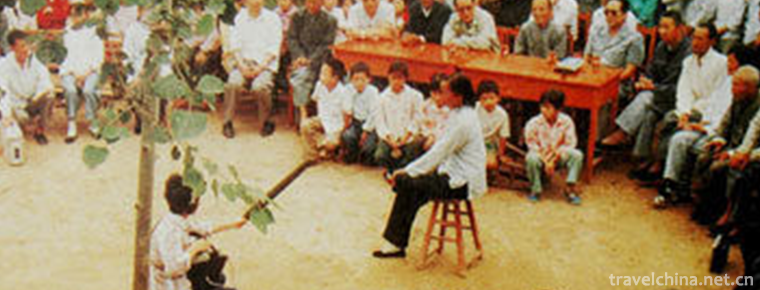
-
Daocheng Yading County Ganzi Sichuan China
Aden Scenic Spot is located in Riwa Township, Daocheng County.
Views: 563 Time 2018-10-12 -
The Chongsheng Temple And The ThreePagoda
The Three Pagodas of Chongsheng Temple are situated 1.5 kilometers northwest of Dali ancient city.
Views: 172 Time 2018-10-17 -
Baishuiyang Yuanyangxi Tourist Area
Baishuiyang Mandarin Creek is located in Pingnan County, Ningde City, Fujian Province. It is 170 kilometers away from Fuzhou and 101 kilometers away from Ningde.
Views: 170 Time 2018-12-08 -
Gutian tourist area
It is understood that in 2008, Gutian Tourist Area was rated as a national 4A-level tourist attraction. In 2013, in order to further promote the development of tourism industry and upgrade the brand.
Views: 157 Time 2018-12-08 -
Shaoshan
Shaoshan City, which belongs to Hunan Province, is located in the hilly area of central Hunan Province east of central Hunan Province. Shaoshan is situated in the west of Xiangtan City.
Views: 198 Time 2018-12-12 -
Tianshan Tianchi Scenic Area
Tianchi Mountain: World Natural Heritage, National AAAAA Class Tourist Scenic Spot, National Geopark, National Key Scenic Spot, National Civilized Scenic Spot, International and Natural Biosphere Rese.
Views: 150 Time 2018-12-12 -
Xumishan Grottoes
Xumishan Grottoes, located 55 kilometers northwest of Guyuan City, Ningxia, is located in the north of Liupan Mountain. It is the only way to the east of the ancient "Silk Road" and one of t.
Views: 111 Time 2019-02-26 -
Babao black rice porridge
Babao black rice porridge is a traditional snack and a food for Laba Festival. Purple and black, soft and waxy, sweet and fragrant. Developed from Babao glutinous rice porridge, it has the function of.
Views: 172 Time 2019-03-25 -
Traditional Manufacturing Techniques of Tofu
The traditional craft of tofu production is a traditional handicraft with a long history. Refers to the various methods of making tofu, tofu can be fried and stewed at will, lasting.
Views: 128 Time 2019-04-28 -
Qingyang Xiangbao embroidery
According to the pattern of paper-cut, various patterns are embroidered on the silk fabric with colorful thread, then different shapes are sewn, and the inner core is filled with silk, cotton and spic.
Views: 118 Time 2019-06-11 -
Orthographic drama
Zhengzi opera, originally known as Zhengyin opera, is singing in Zhongzhou Mandarin. It is an ancient and rare opera with many voices. In the early Ming Dynasty, one of the Southern Opera was introduc.
Views: 119 Time 2019-07-25 -
China University of Labor Relations
China Institute of Industrial Relations (China University of Labor Relations) All China Federation of trade unions Ordinary Institutions of higher learning It is jointly built by the all China Federat.
Views: 154 Time 2019-12-20

